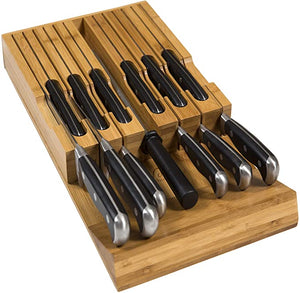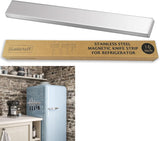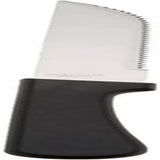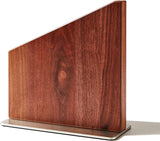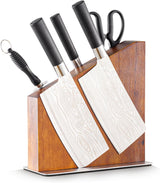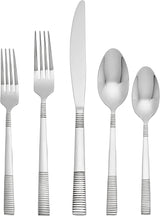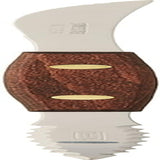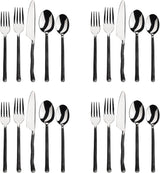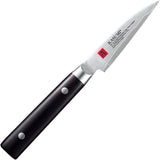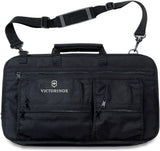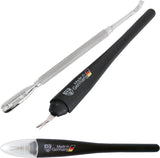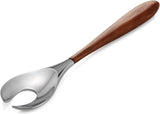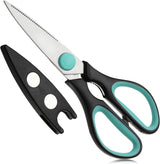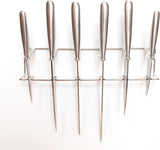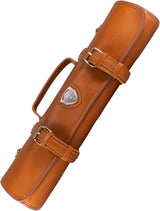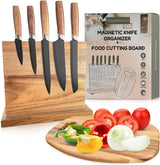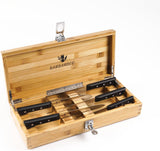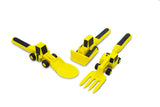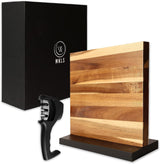If you're a kitchen professional looking for an unmissable way to add a personal touch to your kitchen tools, painting a cutting board can be a remarkable project. In this guide, we will dive into the steps of how to paint a cutting board, the materials you'll need, and tips to ensure that your painted masterpiece will last. Get ready to be delighted as we walk you through this creative process!
Whether you're decorating a wooden board or a plastic one, the techniques we outline here can transform a plain tool into a statement piece. So, it's time to roll up your sleeves and explore the artistic world of painted cutting boards.
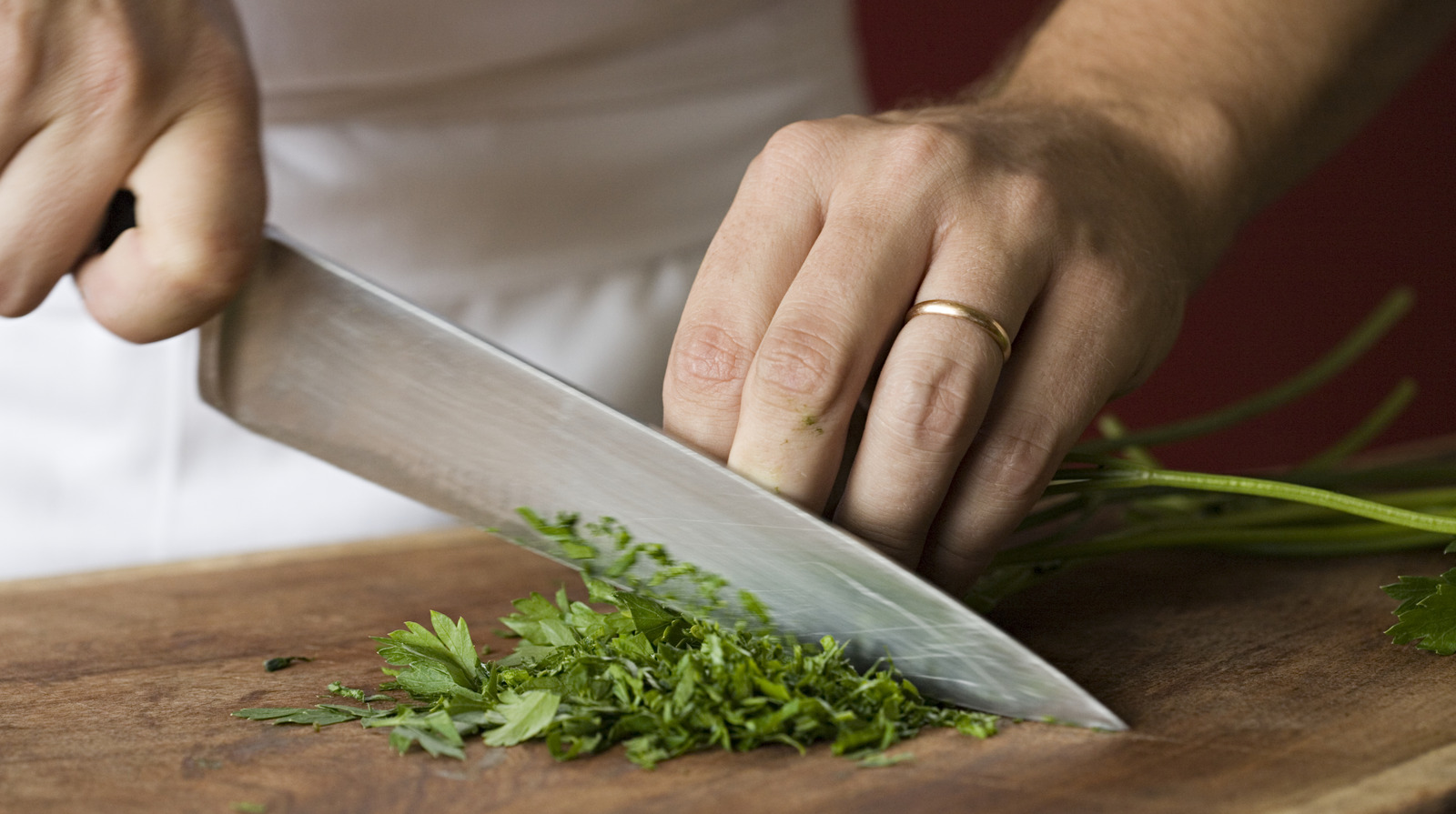
Why Paint a Cutting Board?
Painting a cutting board isn't merely a cosmetic upgrade; it allows you to express your personality. Kitchen professionals often use cutting boards daily, and having one that reflects your style can make food preparation more enjoyable. Additionally, a well-painted cutting board could serve as a beautiful serving platter for special occasions.
Materials Needed for Painting a Cutting Board
Before diving into the process, gather your materials. Heres a list of what youll need:
- Cutting Board: Choose either a wooden or plastic board based on your preference.
- Food-Safe Paint: Opt for paints designed for food contact, such as acrylic or chalk paint.
- Paint Brushes: Variety of sizes for detailed work.
- Sealant: Use a food-safe sealant to protect your design.
- Fine Sandpaper: To smoothen your board before painting.
- Stencil or Design Template: For intricate designs.
- Masking Tape: To outline areas you don't want to paint.
Step-by-Step Guide: How to Paint a Cutting Board
Now that you have all your materials ready, follow these simple steps to create your unique cutting board:
1. Prepare the Cutting Board
First, ensure your cutting board is clean. If it's wooden, sand the surface lightly with fine sandpaper to remove any imperfections. For plastic boards, a good wash will suffice. Make sure its thoroughly dry before proceeding to the next step.
2. Design Layout
Decide on the design you want. Sketch it out on paper initially. By using a stencil or design template, you can easily transfer your design onto the cutting board.
3. Apply Base Coat
Before you start painting your design, apply a base coat if necessary. This will help your final colors to pop and enhance their durability.
4. Begin Painting
Using your paintbrush, start painting your design onto the cutting board. Use smooth strokes and avoid overloading your brush with paint to prevent drips. Let each layer dry before adding additional layers.
5. Seal the Paint
Once youre satisfied with your painting, its vital to protect your work. Apply a food-safe sealant that will make sure your design lasts, especially when exposed to moisture. Follow the manufacturer's instructions for the curing time.
Tips for Long-Lasting Painted Cutting Boards
To maintain the beauty and functionality of your painted cutting board, here are some essential tips:
- Hand wash your board instead of placing it in the dishwasher to preserve the paint.
- Regularly apply food-safe mineral oil to wooden cutting boards to prevent cracking.
- Avoid exposing your painted cutting board to extreme temperatures.
Frequently Asked Questions
1. Can I use regular paint on my cutting board?
No, its essential to choose a food-safe paint to avoid contamination. Look for acrylic or chalk paint specifically designed for food contact.
2. Will the paint come off when washed?
If you use a food-safe sealant and properly care for your painted cutting board, the paint should remain intact.
3. How can I clean my painted cutting board?
Hand wash your painted cutting board with warm water and mild soap. Avoid soaking it in water or using abrasive materials.

Related Articles
For more insightful reading, check out these informative links:
As an Amazon Associate, I earn from qualifying purchases.
